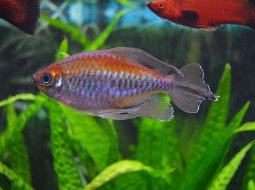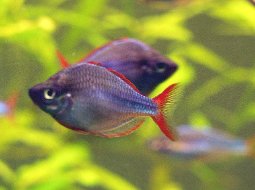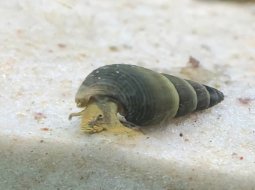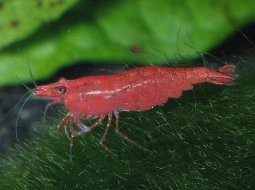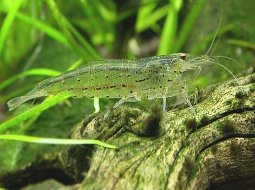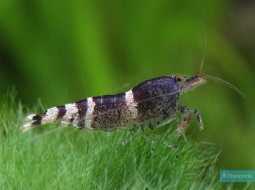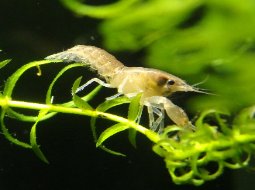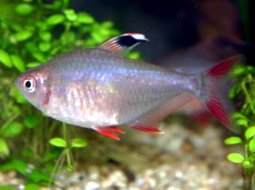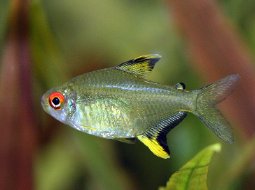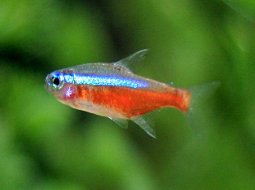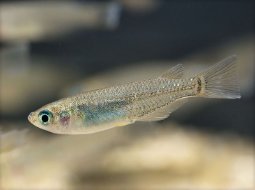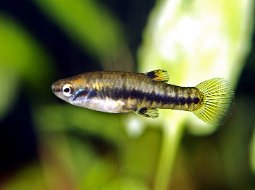
Loading Aqualapp ...
Care and Compatibility of Stick Catfish - Farlowella acus
Introduction
The Stick Catfish is known for its unique appearance that resembles a stick or branch. It has an elongated and slender body with a skin covered in small bumps. Its coloration ranges from brown to green, allowing them to blend in with aquatic plants. They have long and filamentous fins.
Behavior
The Stick Catfish, scientifically known as Farlowella acus, is a species of freshwater fish native to South America. It has an elongated and slender body that resembles a stick or branch, providing excellent camouflage in its environment. It is a peaceful fish and is commonly kept in community aquariums.
Sexual Dimorphism
Sexual dimorphism in Farlowella acus is minimal and difficult to distinguish. Both sexes have a similar appearance.
Reproduction
Breeding Stick Catfish in captivity can be challenging. Usually, a separate breeding tank and specific conditions are required to induce reproduction. During breeding, the female deposits eggs on a flat surface or on plant leaves. The parents do not provide parental care, and it may be necessary to separate the eggs to prevent them from being consumed by other fish.
Aquarium Conditions
Farlowella acus, commonly known as the twig catfish, requires a well-planted aquarium with abundant vegetation and rocks. It prefers soft to moderately hard water and a moderate temperature. Aquarium décor should include driftwood and branches for them to camouflage. Maintaining water quality is crucial and providing a varied diet.
Feeding
When it comes to feeding, the Stick Catfish is primarily herbivorous. It feeds on algae and detritus present in the aquarium, making them beneficial for algae control. They may also accept vegetable-based foods in the form of tablets or pellets. It is important to provide them with a balanced diet that includes suitable vegetable foods and supplemental feeding.
Complexity
Caring for Farlowella acus can be moderately challenging. They are peaceful fish but can be sensitive to water conditions and stress. They require a soft substrate to avoid damaging their barbels and should be kept in groups of at least three individuals. They are primarily herbivores and feed by scraping algae and biofilm from surfaces.
In case you need more help, or if you want to know into any topic related to the Farlowella acus (Stick Catfish) and even any other species you can use the forums to ask what you need.
To do an analysis more detailed about coexistence and behavior of Farlowella acus (Stick Catfish) use the Aquarium simulation tool, if you do this you can test different ways to combine the Stick Catfish with other fishes giving the dimensions and space on you aquarium, on this way you can known the optimal configuration for keep the fishes that you want.
You can also find out the 138 species compatible with the Farlowella acus (Stick Catfish) can live together.
Note: The parameters of the water such as PH and temperature are also used to calculate the compatibility of the species.
Compatible species (138)
Compatible (58 Species)
Compatible without any restriction
Similar Sizes (33 Species)
They can coexist if they are the same size or very similar sizes, it does not work in all cases, there may be exceptions.
With Reservation (15 Species)
Compatible in some cases, it depends on the nature and personality of the fish.
Las especies territoriales por lo general pueden convivir con especies protegidas con coraza, ya que no pueden hacerles daño por su dura piel, lo que si hay que tener en cuenta es tener un acuario con dimensiones favorables para que cada pez pueda delimitar un territorio, ya que la mayoría de peces acorazados son también peces de fondo y les gusta estar buscando lugares donde ocultarse.
Considerable size difference (32 Species)
They can coexist while they are similar in size or the size difference is not very abysmal, since as the fish grows it increases the chances of eating its partner that did not grow much.
Stick Catfish
Farlowella acus

- Ph: 6 - 7
- Temperature (c°): 24 - 26
- Measures: 16 cm
- Aquarium Capacity:
24 Liters - 6 Gallons - Alimentación: Herbivores
- Colores: Black, Brown
- Comportamiento: Likes to take refuge, Night, Peaceful, Sociable
- Habitad: American
- Morfología: Cuirass or Carapace, Thorns or pointed
- Preferencias del Acuario: Logs, Natural plants, Sand
- Tamaño: Medium
- Taxonomía: Fish
- Tipo de Agua: Sweet water, Tropical waters
- Velocidad de nado o movimiento: Slow
- Zona de Nado: Aquarium background


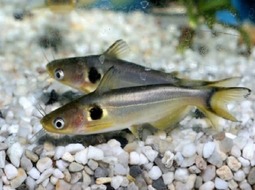
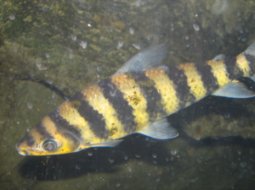
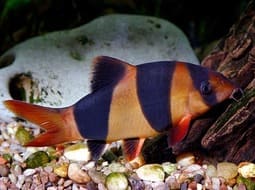
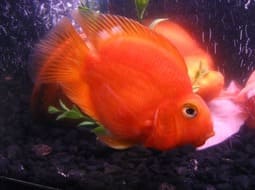
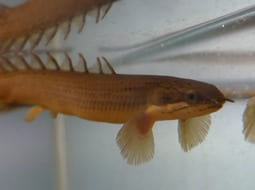

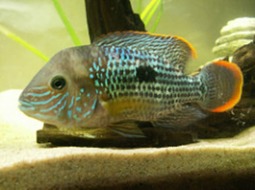
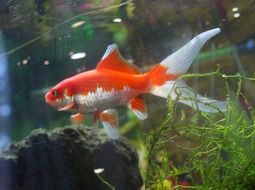
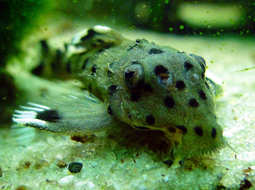

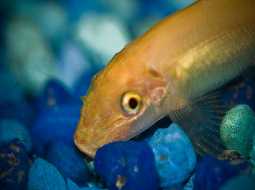
.jpg)

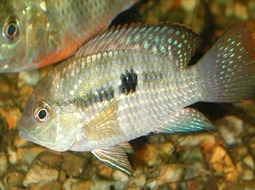
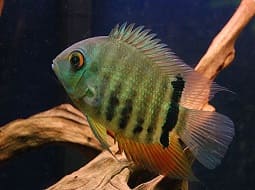
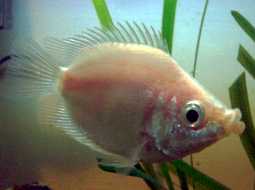
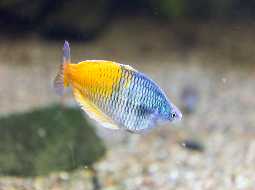
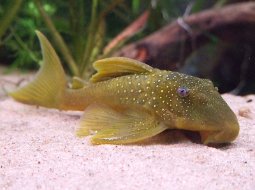
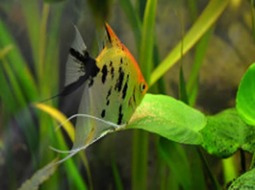

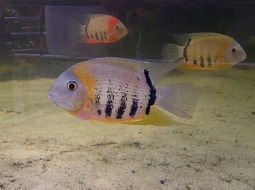
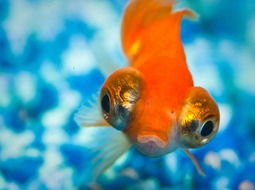
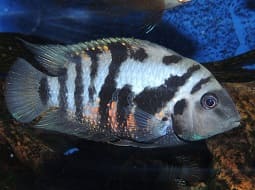

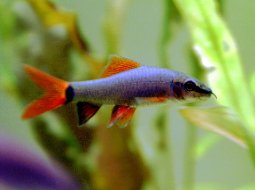

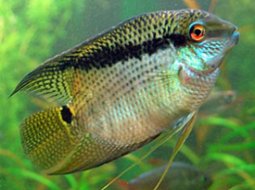



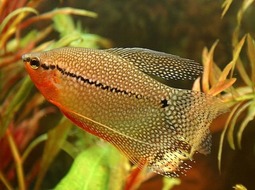
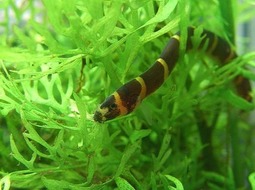
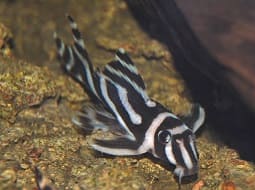
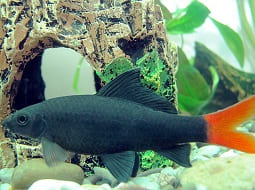
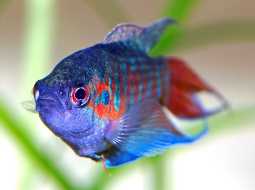
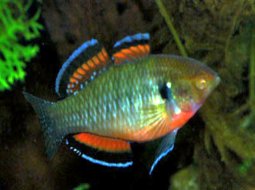
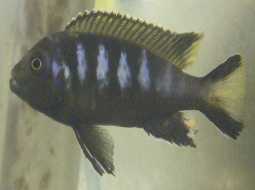

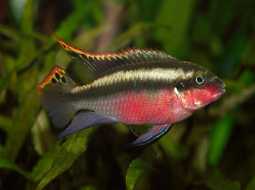
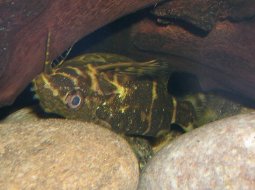


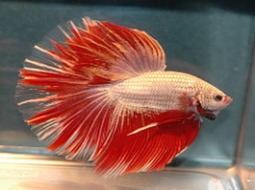
.jpg)



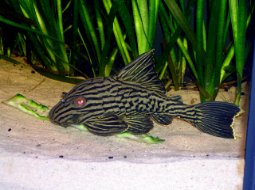

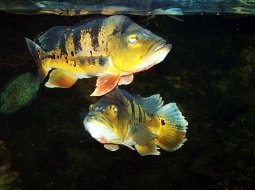
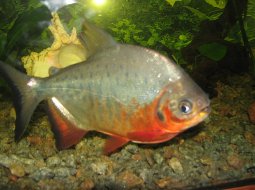


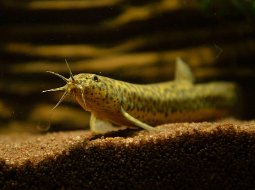
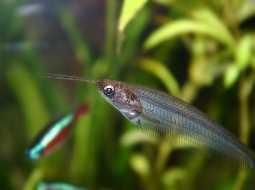
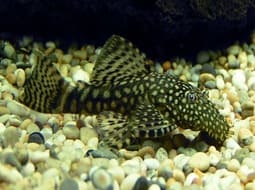
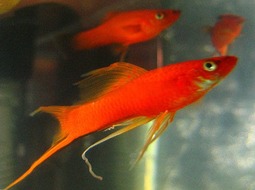

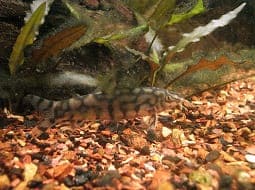
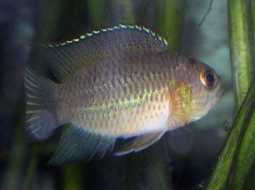
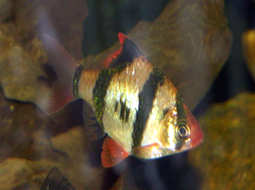
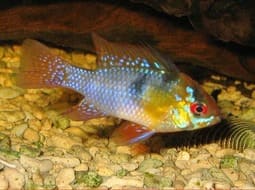
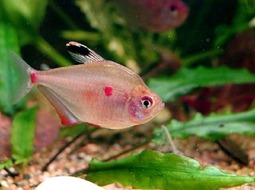


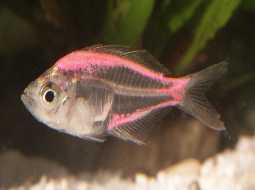
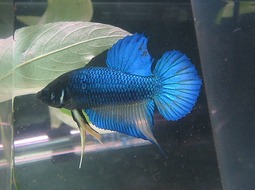
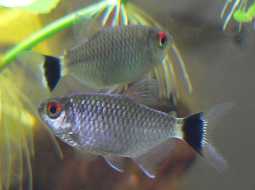
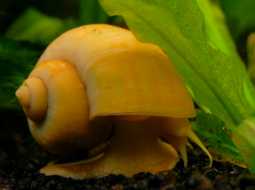


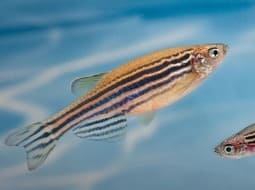
.jpg)
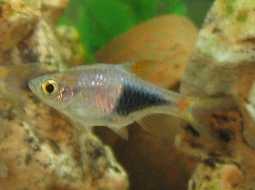
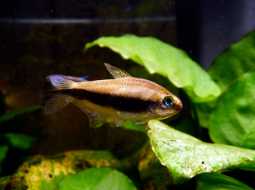



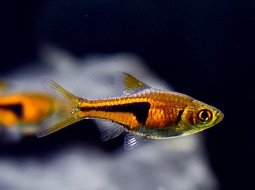
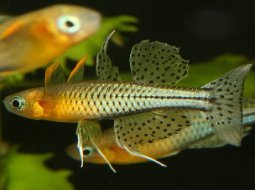
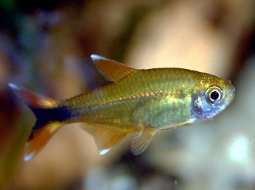

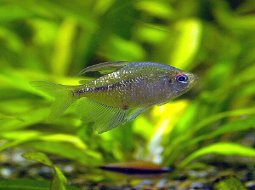


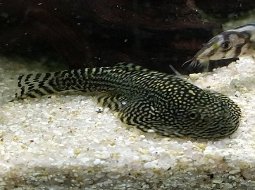

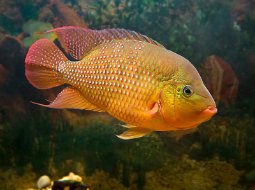
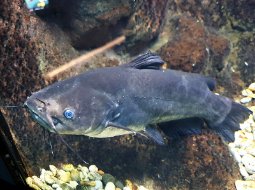

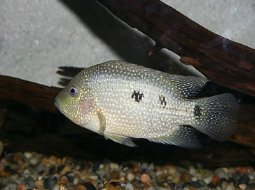
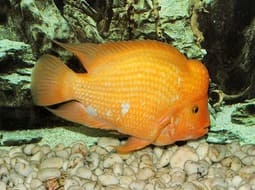
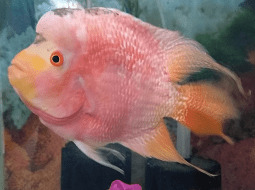
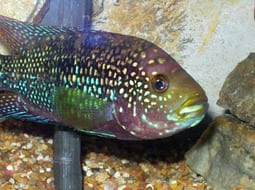
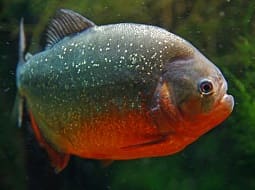


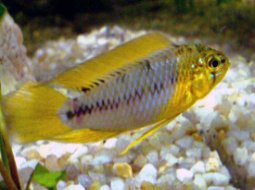
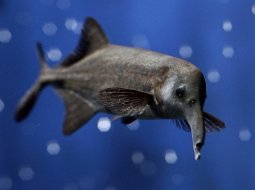
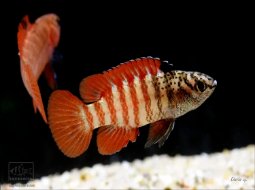



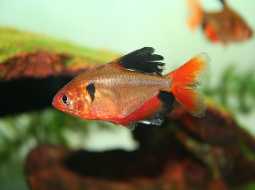
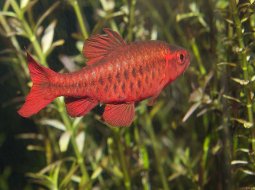

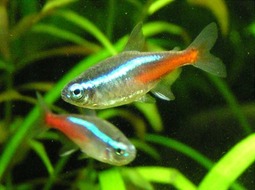
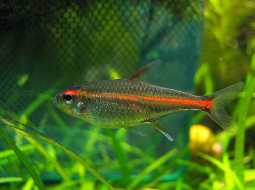
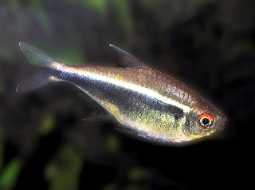


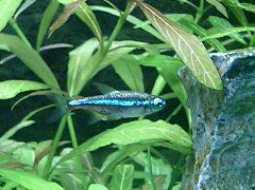
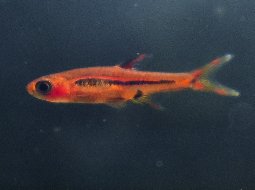
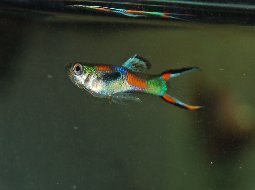
.jpg)
